William Robinson (1876-1963), businessman, industrialist and diplomat, profoundly influenced the development of many Australian mining companies. He worked as a commercial editor on the Age and made his first investments in the textiles industry before a visit to Broken Hill sparked his interest in mining. Entering into a partnership with his brother in his London stockbroking company, he began to advise on the expansion of mines over a large area of Queensland and New South Wales, from Cloncurry to Broken Hill. Robinson was crucial to the moulding of Australian policy on non-ferrous metals during and after World War I, and acted as the Prime Minister’s personal adviser on the lead and zinc industries until 1920. In 1930, he coordinated a group of Australian and international financiers to form Gold Mines of Australia (GMA). Western Mining Corporation developed out of GMA in 1933 to number amongst the base metal mining companies combined as the Collins House group. During World War 2 the enormous task of dovetailing British demand for base metals with Australia’s (and other) sources of supply fell to Robinson, and he endured a phenomenal amount of punishing international travel to ensure there were no bottlenecks in vital supplies and raw materials for the allied war effort. Robinson’s memoirs, If I remember rightly, were published in 1967.
Sir William Dobell OBE (1899–1970) trained at the Julian Ashton School before spending ten years abroad, studying at the Slade School and exhibiting at the Royal Academy. When he returned, he was hailed as a modernist. After working in a camouflage unit he was appointed an official war artist; as such, he produced some of his most inspired portraits including The Billy Boy, one of Australia’s best-loved, and supposedly defining, artworks. In 1943 his strange portrait of his fellow artist, Joshua Smith, won the Archibald Prize; but the court case that ensued over whether the work was a portrait or a caricature caused great distress to both artist and sitter. In 1948 he won the Archibald less controversially with his portrait of Margaret Olley, and he won the Wynne Prize for landscape the same year. A third successful Archibald painting followed in 1959, and Time commissioned his portrait of Robert Menzies for its cover in 1960. The Art Gallery of New South Wales held a huge Dobell retrospective in 1964. After the artist’s death his entire estate went to the creation of the Dobell Foundation, which benefits various organisations and funds the Chair of Fine Arts at the Australian National University.
Collection: National Portrait Gallery
Purchased with funds provided by L Gordon Darling AC CMG 2003
© William Dobell/Copyright Agency, 2024
The Gordon Darling Foundation (36 portraits supported)



On one level The Companion talks about the most famous and frontline Australians, but on another it tells us about ourselves.
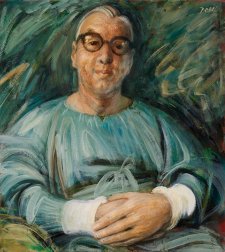
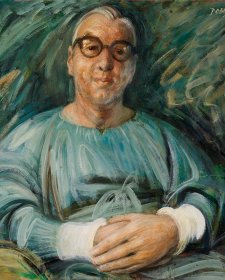
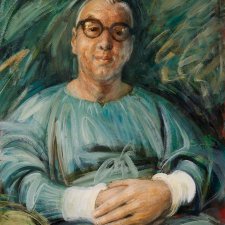
Sarah Engledow on Messrs Dobell and MacMahon and the art of friendship.
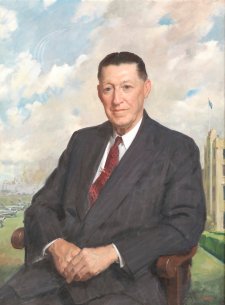
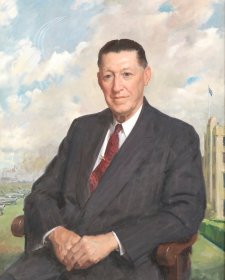
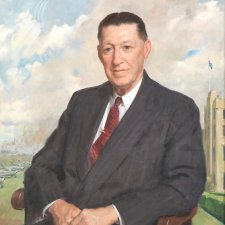
Aircraft designer, pilot and entrepreneur, Sir Lawrence Wackett rejoins friends and colleagues on the walls of the National Portrait Gallery.